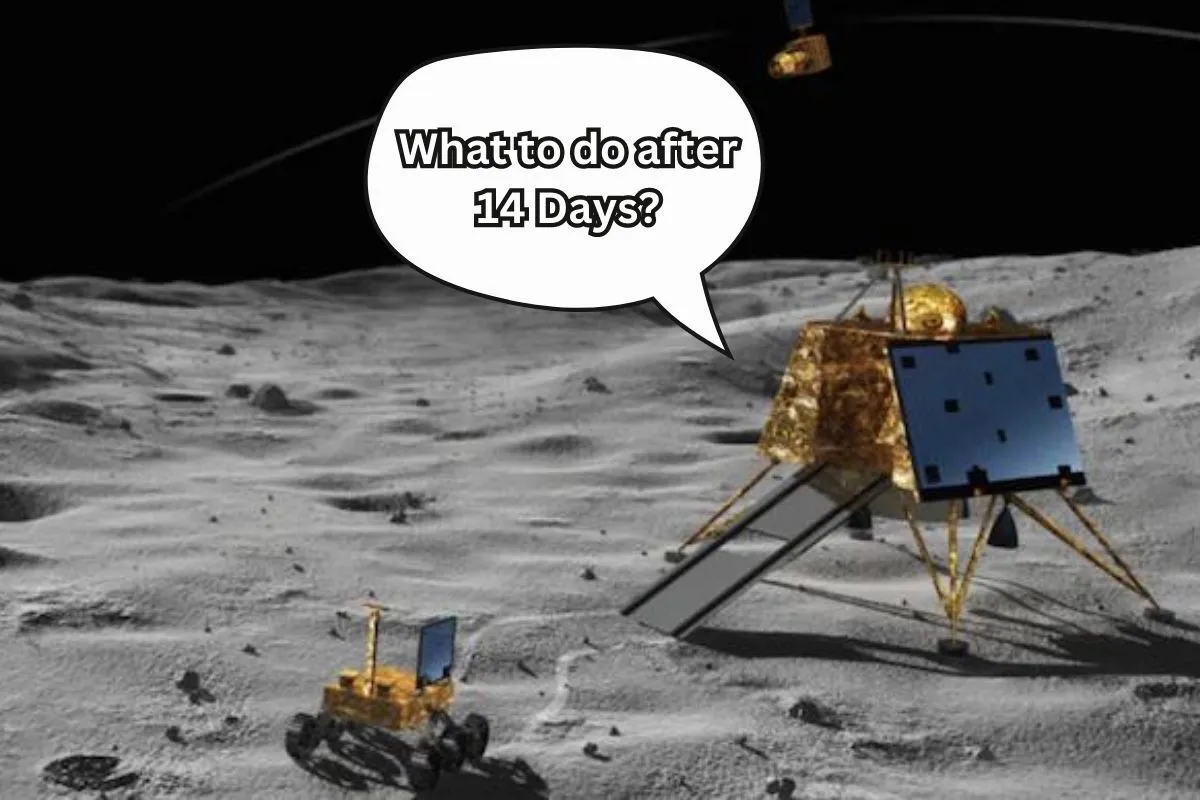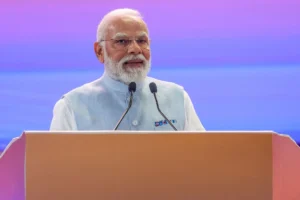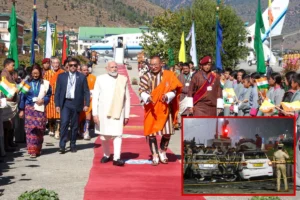
Vikram Lander and Pragyaan Rover
On August 23, Chandrayaan 3 made a successful soft landing on the moon’s south pole, Vikram lander has released the Pragyaan rover from its belly. Now, over 14 days, or one lunar day, Pragyan will conduct several tests on the moon’s surface. The lander will transmit the data to Earth from the rover. However, what will occur after 14 days? When will Chandrayaan 3 land on the planet?
What will happen to Chandrayaan 3 after 2 weeks?
The moon will experience night after 14 days, which will likewise last 14 days. Vikram and Pragyan will become inactive after 14 days due to the extremely cold temperature and the fact that they are only able to work in the sun. Additionally, the lander and rover were meant to last for 14 days each. But the chance that Vikram and Pragyan will resurrect when the sun once more rises on the moon has not been completely disregarded by Isro scientists. If so, it will be an added benefit to India’s moon quest.
After this, the question arises, will Chandrayaan 3 come back to planet Earth? Well, the answer is – no, Vikram and Pragyan shouldn’t return to the ground. They’re going to stay there.
Also Read: After Chandrayaan-3’s Successful Soft Landing This Is How Scientists At ISRO Celebrated!
How much does Chandrayaan 3 weigh in its entirety?
Chandryaan 3 weighs a total of 3,900 kg. The lander module weighs 1,752 kg, including the 26-kilogram rover, while the propulsion module weighs 2,148 kg.
At what location did Chandrayaan 3 land?
The picture of the Chandrayaan 3 landing location has previously been posted by ISRO. Vikram’s camera captured the image following the exact soft landing that occurred on Wednesday at 6:04 p.m. The south pole of the moon’s surface was a rather flat area where Chandrayaan 3 touched down.
Also Read: ‘India I Reached My Destination And You Too!’ India Created History, Chandrayaan-3 landed On Moon
What will Vikram and Pragyaan do now?
Pragyan will analyze the lunar rocks and dirt to determine its chemical composition. It will gauge the lunar surface’s temperature characteristics and ion and electron density close to the polar zone. Since no other nation has ever traveled to the south pole of the moon, this will be the first expedition of its type.
To read more such news, download Bharat Express news apps























